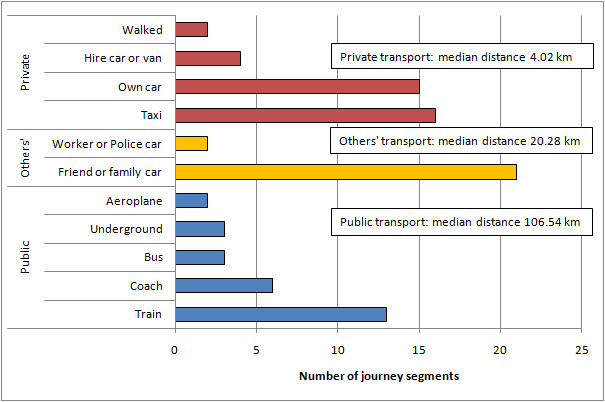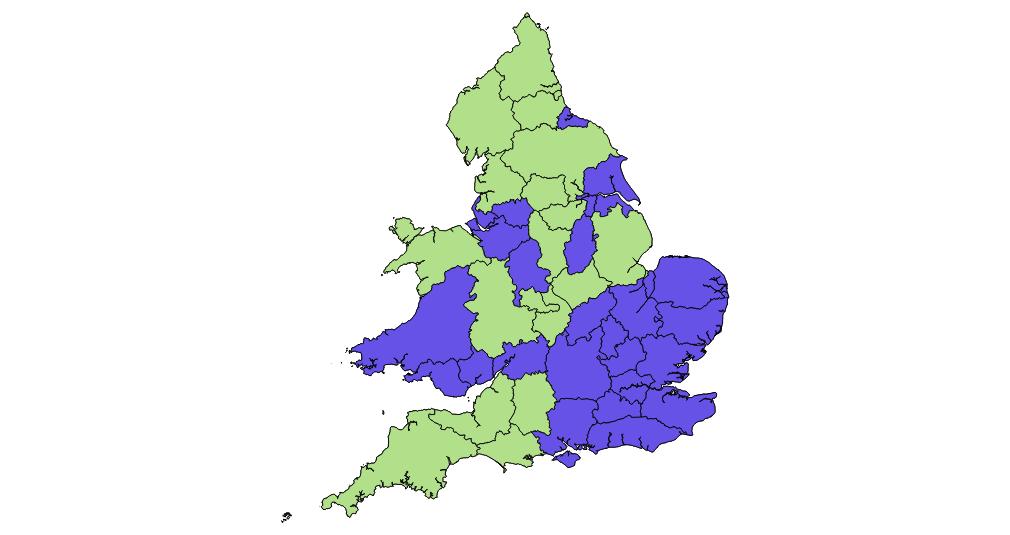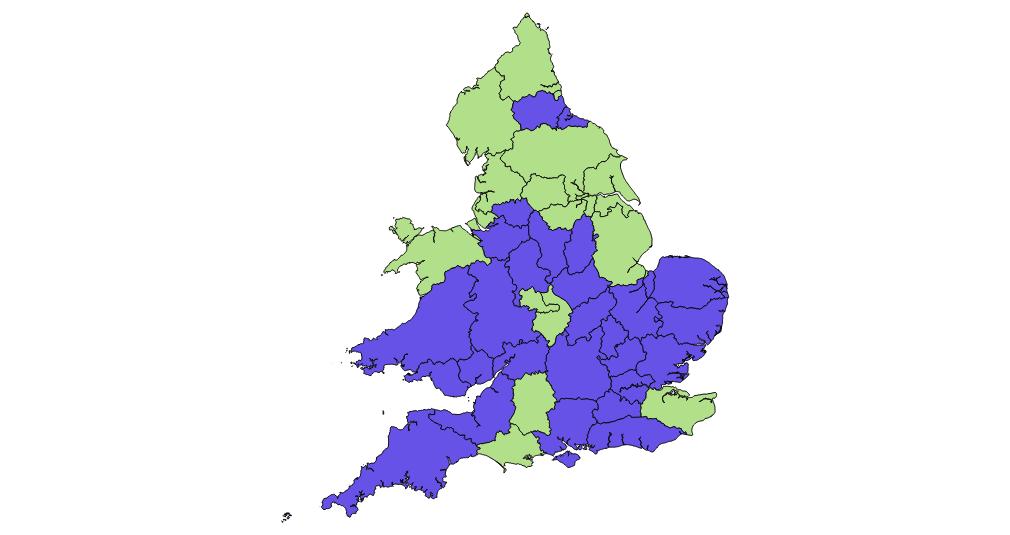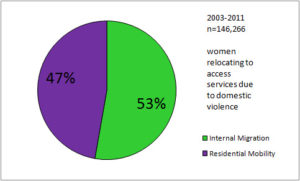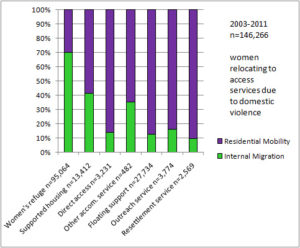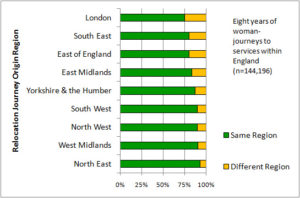Each woman’s journey to escape domestic abuse is unique, but there are shared characteristics that can be identified.
Understanding these shared aspects can help identify the barriers and challenges that face particular women or women in particular places or circumstances. That can highlight the kinds of help and support needed from different types of services – or the policies and practices that could be changed to assist women and children.
Domestic violence journeys can include stages of actual relocation, but also stages of staying put; and journeys can be short or long, and include crossing administrative boundaries.
The data from women who did access services show three distinct strategies when women seek help:
- Stay Put – and seek help from support services
- Remain Local – relocate to access support, but within the same Local Authority
- Go Elsewhere – move to another Local Authority to seek help
The three strategies are not just distinctive in terms of where women and children go; they also involve different types of agencies. And these agencies therefore only know about some women’s strategies – which limits their understanding of what other women do.
For example, statutory agencies such as Police or Health are only involved for some women – and distinctively for women who are trying to Stay Put or Remain Local. Housing is particularly involved when women need to relocate but are Remaining Local.
However, voluntary agencies are much more likely to be contacted by women who need to Go Elsewhere – escaping to another area. And women self-refer for all three help-seeking strategies.
Different types of agencies – in different areas of the country – will only see a fraction of what women are weighing up in their strategies away from abuse.
More details in the briefing paper: https://www.womensjourneyscapes.net/wp-content/uploads/2020/05/Womens-Journeyscapes-Briefing-paper-6-May-2020.pdf

